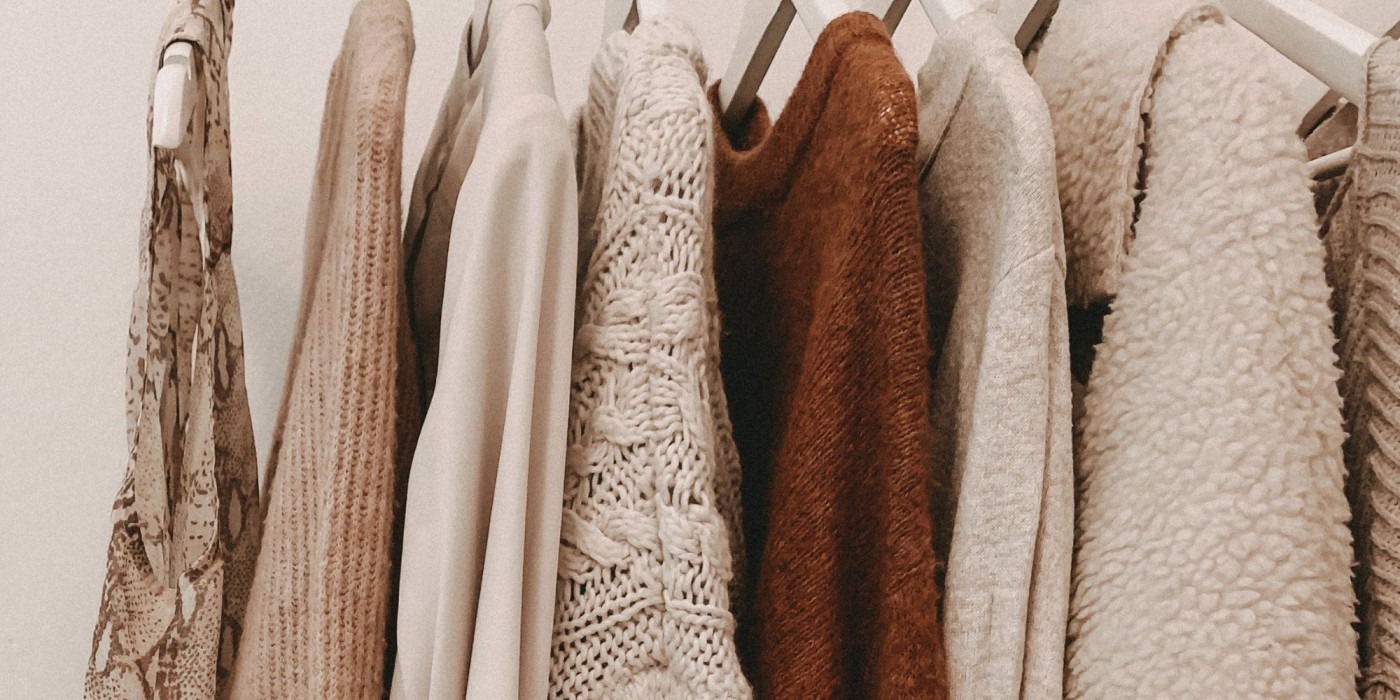Quiet luxury: the trend that whispers
Quiet luxury, a trend sweeping through fashion brands and social media, refers to “understated clothing made with very high-quality materials.” Created with excellent craftsmanship, serving minimalist silhouettes and often neutral in colour, ‘stealth wealth’ pieces invaded the autumn/winter 2023 runways and popular culture through various celebrities and the HBO series Succession.
Reserved by brands like Maison Margiela, Bottega Veneta and Loro Piana, quiet luxury has a sense of elitist confidentiality in its presence – names often relatively unknown to the masses crop up repeatedly in this conversation. These are only seemingly recognisable to the social circles frequented by the uber-rich. At a time when maximalism, Y2K, and Barbiecore trends prevail, this aesthetic puts a higher emphasis on sustainable fashion and investing in long-term pieces.
Although considered a new trend, journalist Isabelle Cerboneschi reports in the Luxury Tribune that this style tends to reappear with each global financial crisis
Conversations about the ‘old money style’ in the celebrity sphere have opened up with figures like Sophia Richie, who is currently inspiring thousands of young women on TikTok with her focus on modest fashion garnering attention. Gwyneth Paltrow also caused a stir on social media with her courtroom looks, which gained more attention than the trial itself. Appearing in court over a 2016 skiing collision, Paltrow presented elegance in her simple outfits – whispering wealth rather than talking money. Her wardrobe included a moss green wool coat from Mary-Kate and Ashley Olsen’s brand, The Row (costing £3,900), a Loro Piana turtleneck white jumper (£1,220) and inconspicuous black Prada boots (£1,150), among other items.
The costume design team of the award-winning TV show Succession appear to have nailed the anonymously chic look with the Roy family, captivating audiences with their fashion. Appearing in Maison Margiela t-shirts and Bruno Cucinelli suits, the cast emits wealth without any visible logos or flashy brand names. Described by The New Yorker as “expensive but inconspicuous”, characters with more extravagant wardrobes like Tom Wambsgans (Matthew Macfadyen) are somewhat mocked for being ‘new money’. Curiosity over the Succession costume choices peaked during the show’s final season, with an Instagram account documenting and finding their pieces reaching nearly 150,000 followers.
Michelle Matland, the costume designer on set, explained that the Roys “don’t need to have the bling to them, because anyone who would know would recognise them immediately”, further describing the characters as “the anti-Kardashians”. The subtler quiet luxury trend rejects showing off for the average eye. Instead, it intends to be acknowledged by the discerning ‘right people’ rather than ‘all people’.
Although considered a new trend, journalist Isabelle Cerboneschi reports in the Luxury Tribune that this style tends to reappear with each global financial crisis. She claims that ‘loud fashion’ is put on hold temporarily during times of hardship to avoid criticism from the wider public. During the 2008 crisis, LVMH-owned fashion house Céline hired British designer Phoebe Philo to create changes in their style. Charming critics with “classy utilitarianism” and “a restrained colour palette”, Philo established Céline as a must-have for minimalism in 2009, breathing new life into the stale brand. More recently, Gucci ended its contract with Creative Director Alessandro Michele in November 2022 following a 7-year partnership. After turning the company into “a purveyor of eccentric inclusivity” working with stars like Harry Styles and Jared Leto, Gucci has appointed Sabato de Sarno, signalling a return to “maybe more classic” looks.
For those unaffected by the financial crises, inconspicuous fashion habits don’t seem to change. But perhaps they become more noticeable without the sea of flashy monograms and colours. Brands like Bottega Veneta, who have always maintained a “no logo” policy, remain popular among these social circles. Characterised by timelessness and humility, quiet luxury is evident in other brands like Akris, Loewe and Hermès. However, the style does not come without its issues. Critics have argued that it encourages ‘gatekeeping’ and social inequality under the guise of elitism. With the high fashion world already inaccessible to many, does this trend further reinforce an ‘us vs them’ attitude?
Quiet luxury, at its essence, is sustainable, but I’d argue that it’s more about exclusivity than sustainability
Bianca Salonga, a fashion journalist, recounts her time studying in Paris for an MBA in Luxury Goods with an apt quote from her professor: “Luxury has nothing to do with the bright, shiny new things. Logos and monograms are not luxury. It’s a cashmere sweater from Loro Piana. It’s a vintage Hermès bag, preferably handed down by your mother or grandmother. It’s heirloom jewellery that’s been in your family for generations.” Although she argues that quiet luxury has more to do with “mood than aesthetic”, it is clear that this trend has been around for a long time and is here to stay.
For those of us who don’t have iconic fashion heirlooms coming our way, or the funds for a jumper which costs more than the average UK monthly salary, quiet luxury seems like a marvellous idea in theory. Environmentally-friendly consumption habits and moving away from the infamous Shein hauls should be encouraged. It just may take a few years for the trend to reach more affordable brands.
Quiet luxury, at its essence, is sustainable, but I’d argue that it’s more about exclusivity than sustainability. As a student, I cannot afford to splurge on the brands mentioned above, but I can turn my head towards long-term investment pieces and buy items that will last beyond the latest trends. There is nothing wrong with a wardrobe full of basics scattered with more expensive statement articles, and many TikTok influencers have begun to offer advice on curating these capsule collections.

Comments